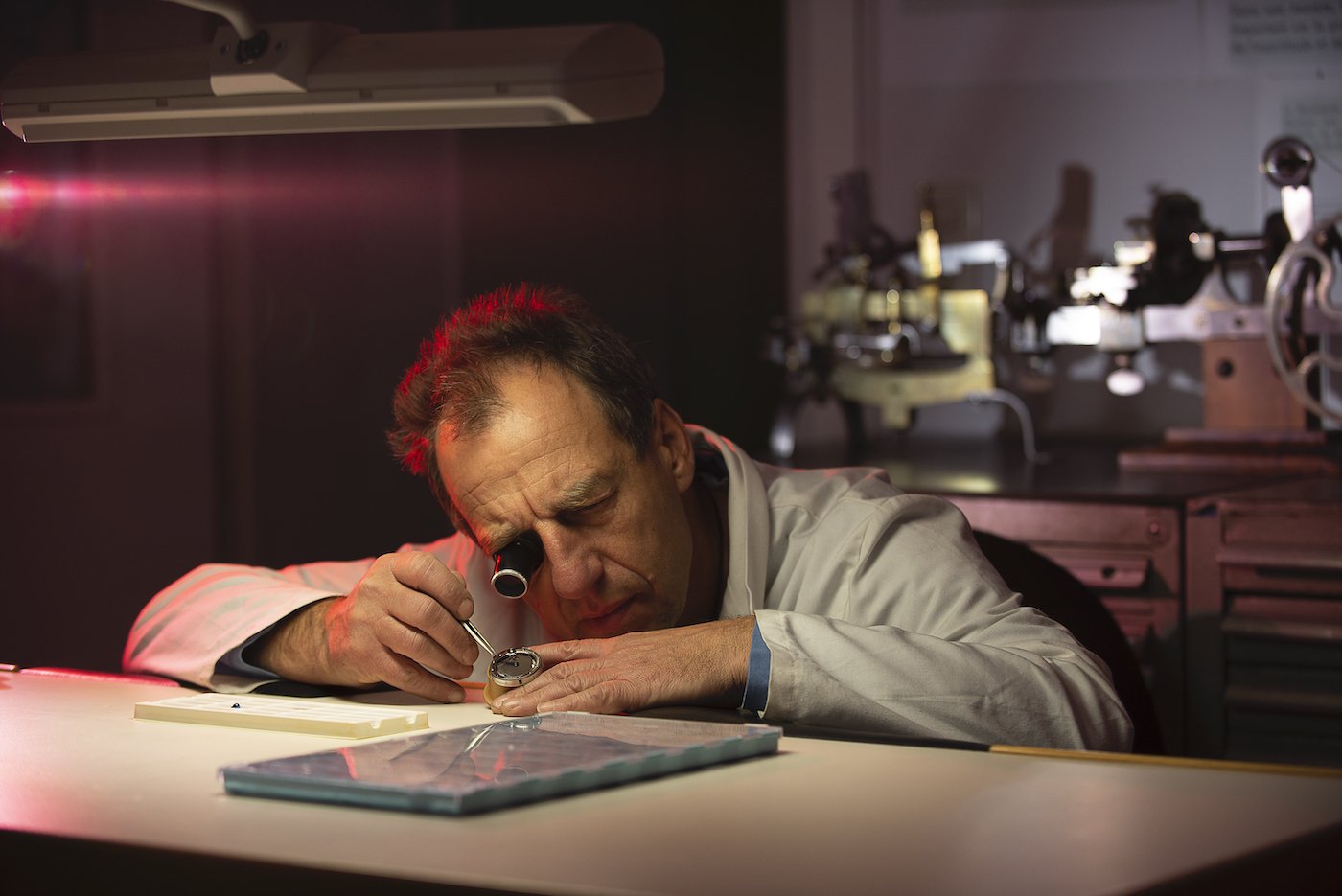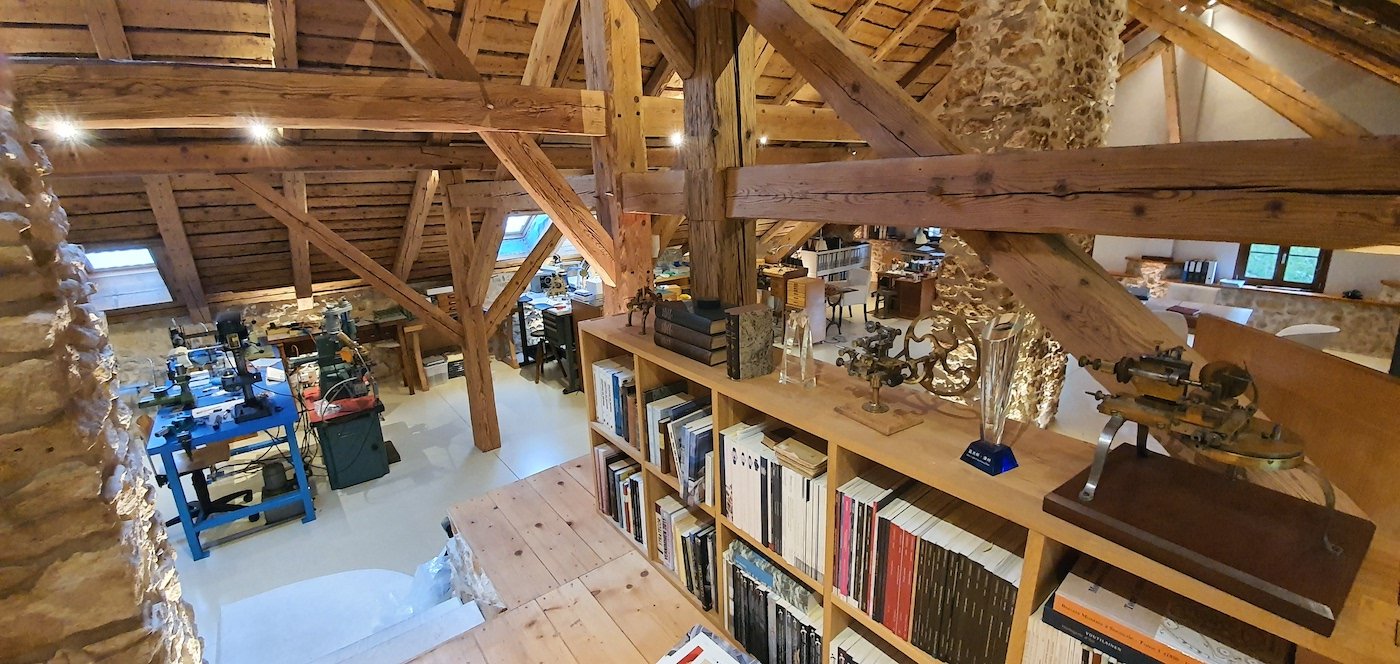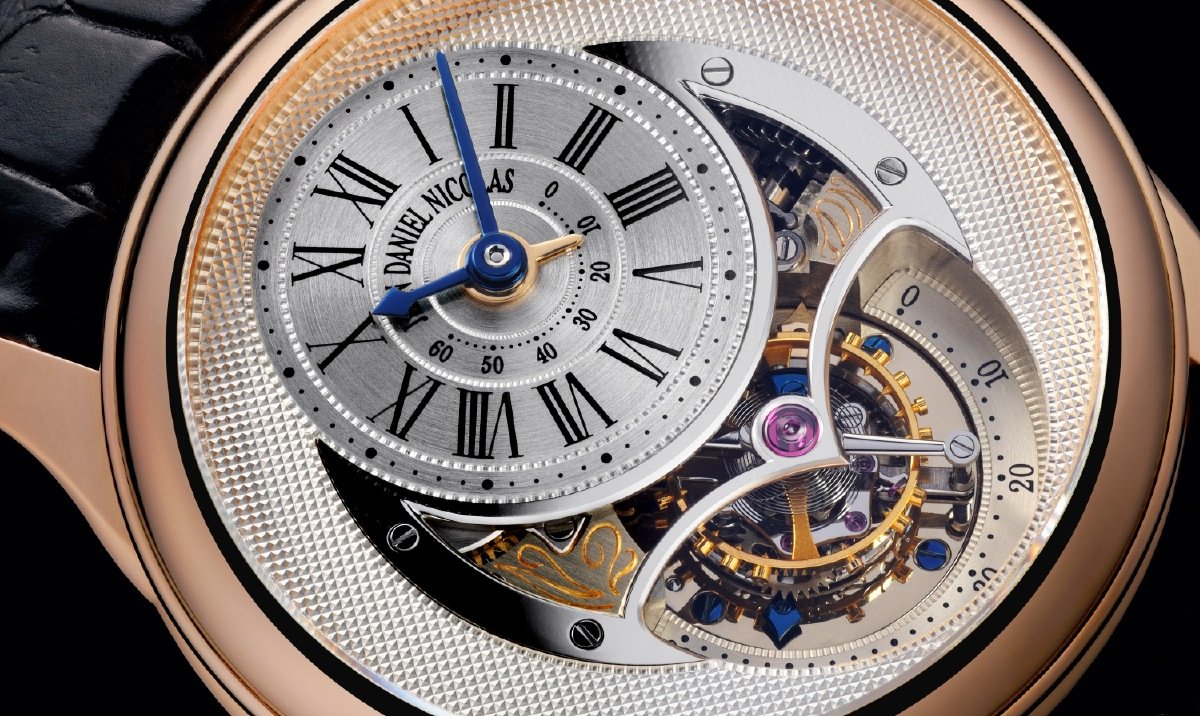ur choice was necessarily subjective and we hope those who were not included will not take umbrage. We did not forget them, but we could not interview everyone.
Even so, our selection aims to be representative of the independent master watchmaker constellation, a mixture of tutelary figures – Svend Andersen, Daniel Roth (now trading as Jean Daniel Nicolas) – flourishing, fulfilled master watchmakers - Kari Voutilainen, Denis Flageollet (De Bethune) – enquiring minds – Vianney Halter, Ludovic Ballouard – and young talent, represented here by Rexhep Rexhepi (Akrivia) and David Candaux.
Independents: a thumbnail sketch
They represent no more than a drop in the ocean of watches produced every year: taken all together a few hundred at the most. But what watches! Rare objects coveted by collectors the world over, which sell at a high price and represent the cream of mechanical watchmaking.
Although settled in Switzerland, their origins are many and varied – Marseilles, Nice, Brittany, the suburbs of Paris, Alsace, Finland, Denmark... David Candaux alone is a native of the Joux Valley and, with his watchmaker father, has his workshop in the small village of Le Solliat, a stone’s throw from the undisputed grand mas- ter of them all, Philippe Dufour.
All, or nearly all, chose to settle far from major centres, nestled deep in the Jura countryside or at the heart of the tranquil historic city centre of Geneva (Rexhep Rexhepi). But the most emblematic is Kari Voutilainen, who has just taken up residence in a veritable eagle’s nest, the so-called Chapeau de Napoléon (Napoleon’s Hat), a building set on a mountainside overlooking the Val-de-Travers, where you will also find Chopard, Michel Parmigiani (yet another great watchmaker who evolved from historical watches and restoration) and Bovet in its castle overlooking Môtiers.
No doubt they need to be far from the madding urban crowd to be able to work with patience and tenacity, free from external disturbances, with, to boot, cows and deer on the other side of their workbench window – and this is no cliché.

A life’s journey
The road towards and into independence is not carved out in advance and no manual or business school teaches it. It is a veritable life’s journey, one of rough terrain, ups and downs, triumphs and setbacks. “The world of watchmaking is a jungle,” was the message from virtually all of them.
For an independent watchmaker, however modest the production, pressures, avaricious margins of middlemen and spokes in the wheels abound. As do confidentiality agreements that bind them and prevent them from promoting their work for third parties, even though the latter are far more powerful. But what they all share and what unites them all in a way, beyond the squabbles so typical of human nature, is the passion for watchmaking that is a part of them and enables them to continue despite the unforeseen hazards they might encounter.
For all of them without exception, this passion has its origins in their childhood. Either a watchmaker father, a fascination for steam locomotives, the financial necessity of making their own toys, the painstaking construction of model boats or planes, the itching to understand how the cogwheels of an old alarm clock interact to turn the hands so accurately.
All clever with their hands, frequently unacademic, but intelligent and full of dreams, they gradually found their path and their salvation in watchmaking. And all are driven by a burning desire for independence, reinforced by stints in the major watchmaking companies. They are in love with freedom.

Transmission
Transmission is also a key concern of theirs, whether of the know-how that got them where they are today, or their duty of transmission to youngsters who share the same passion (like Denis Flageollet, who as part of the Secrets de Maîtres programme offers a well-attended introductory course in Art Mechanics every year at Sainte-Croix).
A spell of restoring antique timepieces is another semi-constant in their careers, a stage that enabled them to “plunge their hands into the history of watchmaking”, as one of them puts it.
Also, they all did a stint in major workshops or with large brands. A handful of formative names in their career crops up repeatedly: Patek Philippe, Audemars Piguet, Jaeger-LeCoultre. They are also indebted to mentors who showed them the way, such as Svend Andersen – the co-founder, alongside Vincent Calabrese (originally from Naples) of the AHCI (the French acronym standing for “Horological Academy of Independent Creators”) – who at his Geneva workshop took in and trained numerous independent watchmakers, including Franck Muller and Félix Baumgartner (Urwerk). Not to forget François-Paul Journe, an example of one consistently constructed path to independence, at whose workshop some of them worked for many long years.

Paradoxical prosperity
Lastly, for all, or nearly all, the pandemic has paradoxically been (and still is) a period of prosperity. The independents are in demand – and this demand was boosted during the lock- downs by social media and their multiplying effect. Ludovic Ballouard, for example, says it outright: “I’ve never worked so hard. To the point that I’m scared the coronavirus is going to stop... I’m scared I won’t be able to keep pace, there’s more and more demand. It’s as if all the retailers wanted to create their ‘independents’ corner at the same time.”
True, these master watchmakers cater to a very limited customer base of cultivated connoisseurs and well-informed, wealthy collectors. But one value prevails and also explains their attractiveness: their authenticity, unique to each. Applied to them that word, authenticity, so often used and abused in watch marketing, has real meaning. Authentic they are in terms of their passion, their daily, manual labour – all at the workbench – their lifestyle, their story. And this authenticity is fulfilled in the beauty of the watches they produce. Which sell like hot cakes.






















































